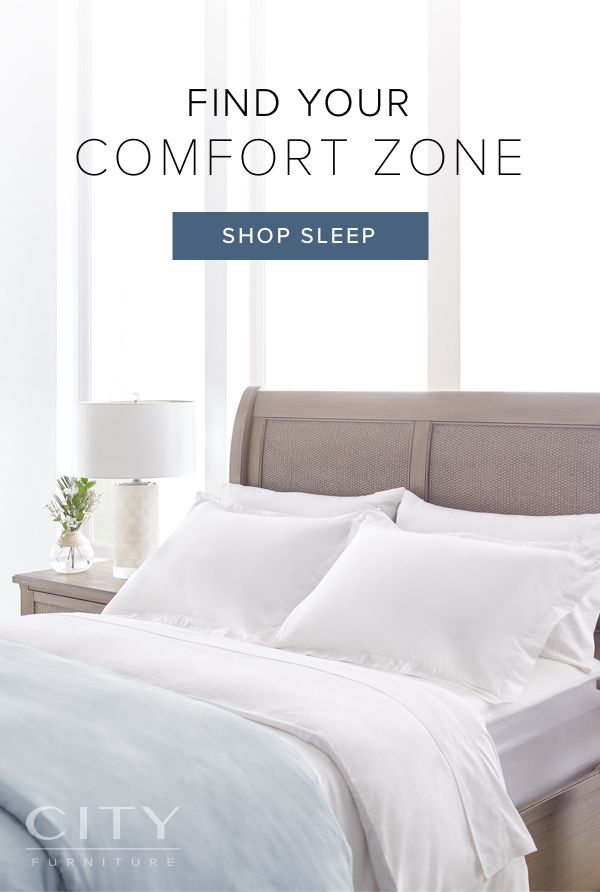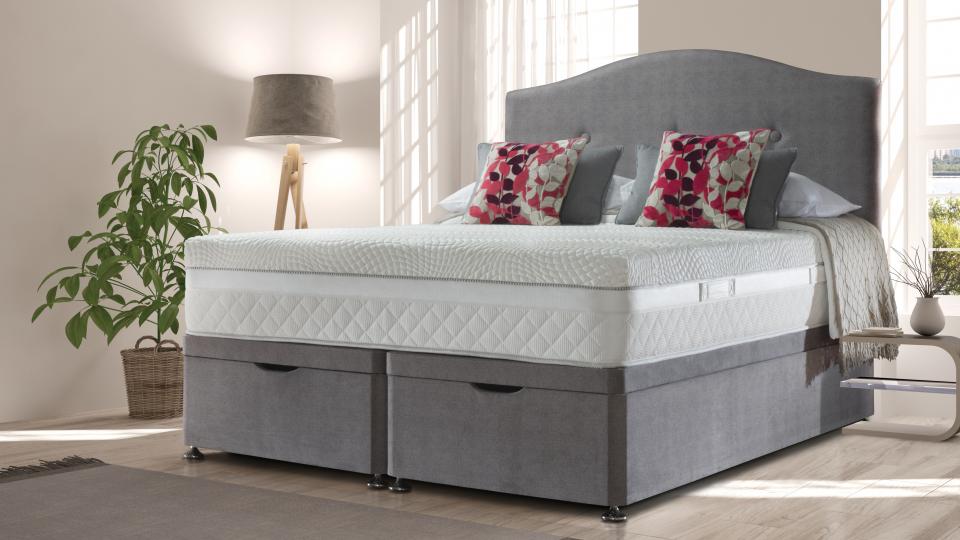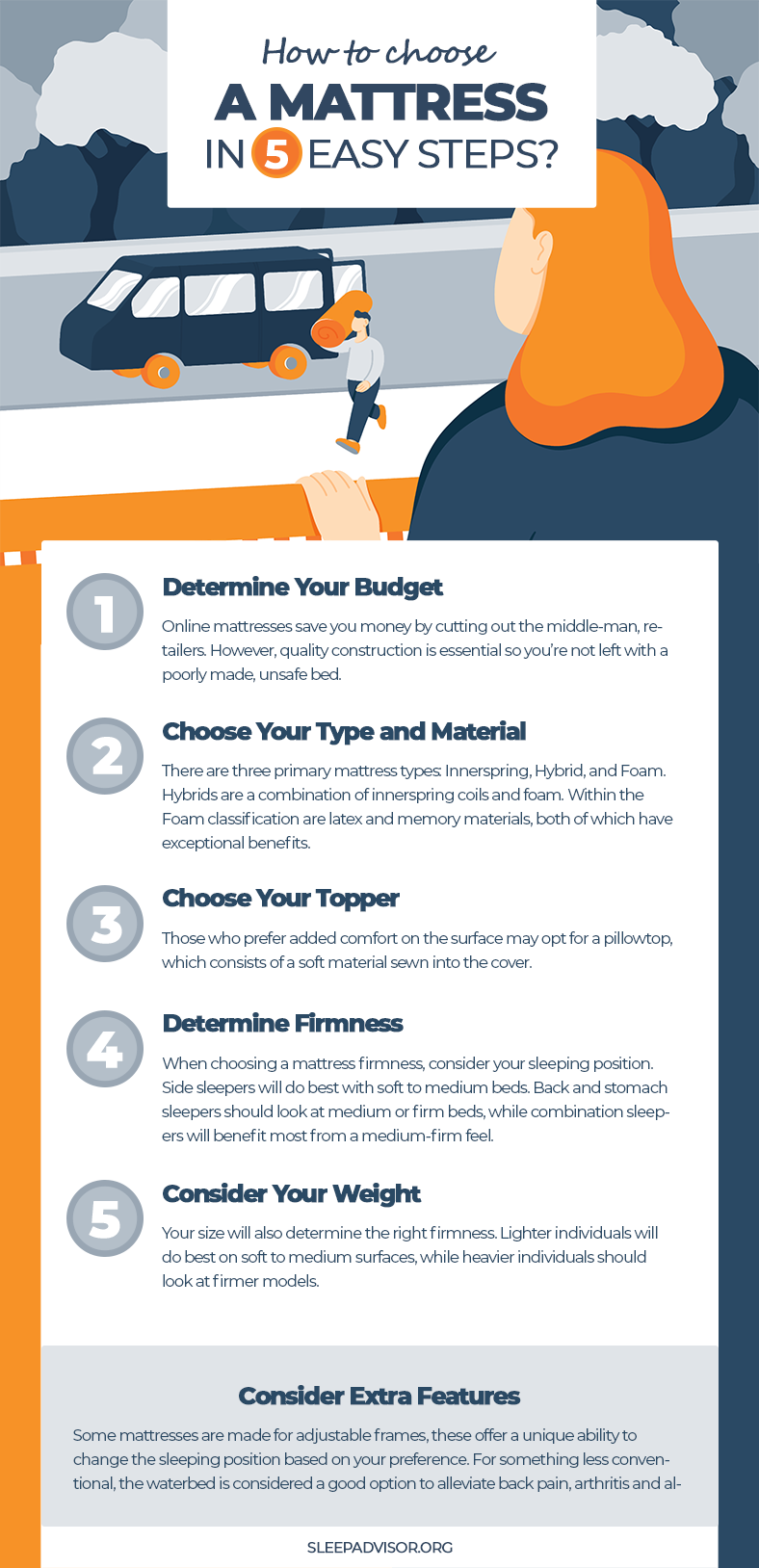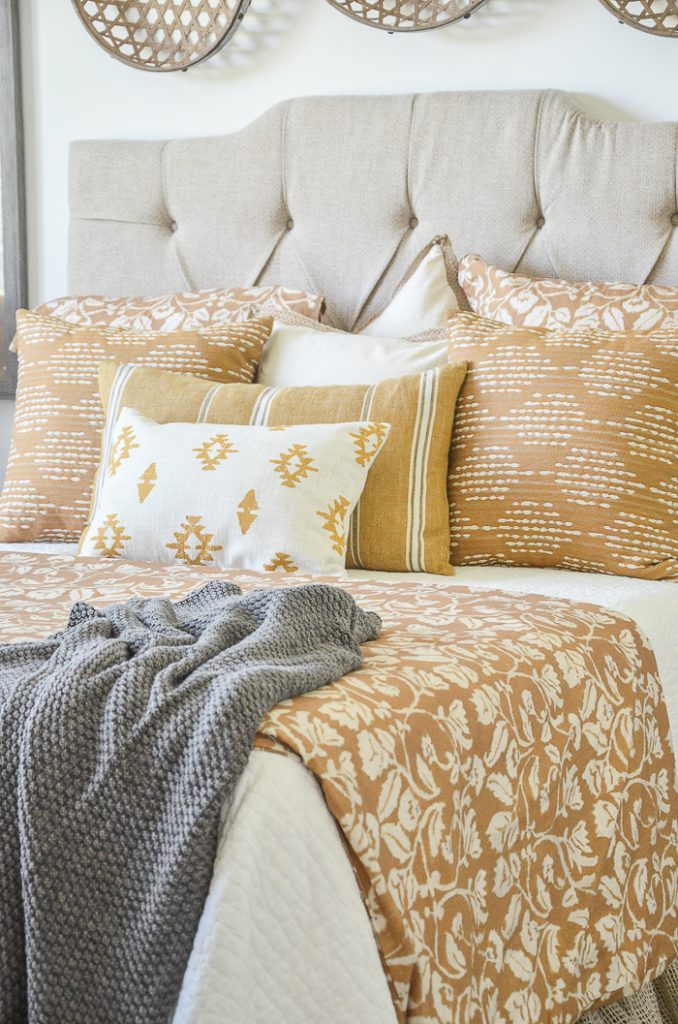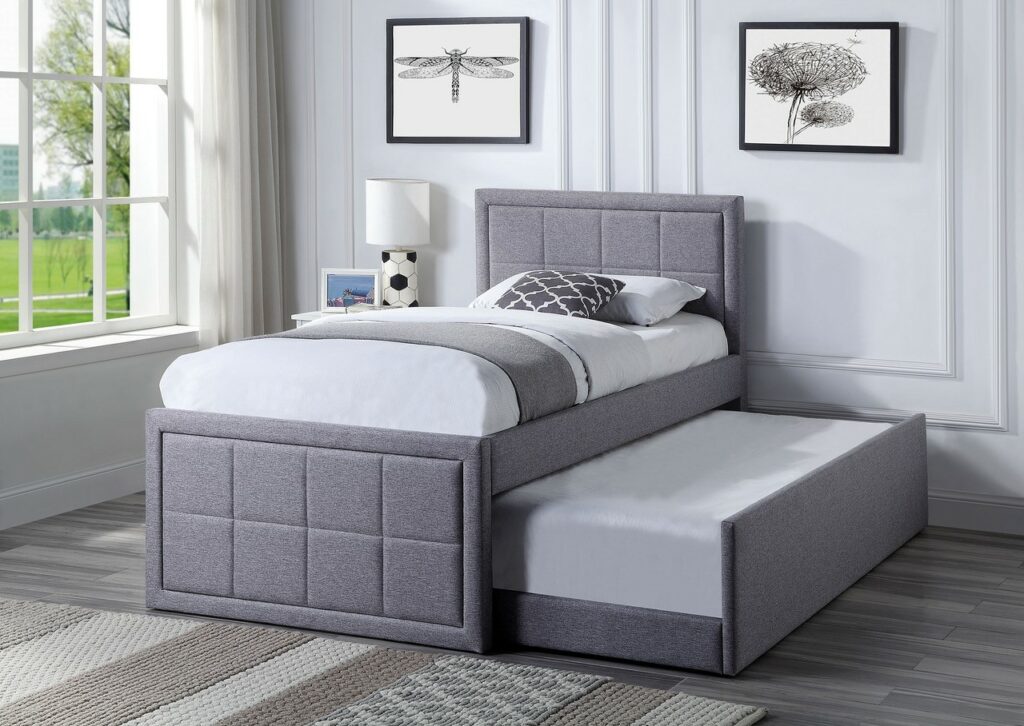Using a mattress encasement is a great way to protect your mattress from stains, spills, and allergens. But did you know that using bedding with a mattress encasement can further enhance its benefits? Here are some of the top benefits of using bedding with a mattress encasement: Protects against wear and tear: Bedding, such as sheets and mattress pads, act as an additional layer of protection for your mattress encasement. They can help prevent wear and tear caused by constant movement and friction between your body and the encasement. Enhances comfort: A mattress encasement can sometimes feel stiff and uncomfortable, especially if it is made of a plastic material. Adding bedding, such as a soft cotton sheet, can make your sleeping experience more comfortable and enjoyable. Provides extra warmth: During colder months, using bedding with a mattress encasement can help keep you warm and cozy. The added layer of fabric can provide insulation and trap your body heat, making it easier for you to fall asleep and stay comfortable throughout the night. Improves aesthetics: A well-made bed with coordinating bedding can instantly make your bedroom look more put-together and appealing. Using bedding with a mattress encasement can help improve the overall appearance of your bed and room.Benefits of Using Bedding with a Mattress Encasement
Investing in a high-quality mattress encasement is a smart move for protecting your mattress, but using bedding with it is equally important. Here’s why: Prevents shifting: Without bedding, your mattress encasement may shift and move around, causing discomfort and potentially exposing your mattress to allergens and spills. Bedding helps keep the encasement in place, ensuring maximum protection for your mattress. Reduces noise: Some mattress encasements can be noisy, especially if they are made of plastic or vinyl. Adding bedding can help dampen the sound, allowing you to sleep more peacefully. Preserves the encasement: Constantly coming into direct contact with your body can cause wear and tear on your mattress encasement. Using bedding can help extend the lifespan of your encasement, saving you money in the long run. Creates a barrier against bed bugs: While a mattress encasement can protect your mattress from bed bugs, using bedding can create an additional barrier against these pesky pests. With bedding in place, bed bugs will have a harder time getting to your mattress.Why You Should Use Bedding with a Mattress Encasement
Using a mattress encasement without bedding is like wearing a raincoat without an umbrella – it provides some protection, but not the full extent. Here’s why using bedding with a mattress encasement is essential: Keeps your mattress encasement clean: Bedding acts as a buffer between your body and the encasement, preventing sweat, oils, and other bodily fluids from seeping into the encasement. This helps keep the encasement clean and sanitary. Minimizes washing frequency: Without bedding, you would need to wash your mattress encasement frequently to keep it clean. Using bedding can help minimize the frequency of washing, making maintenance easier and more manageable. Offers an extra layer of protection: Accidents happen, and spills and stains on your bedding are easier to clean than on a mattress encasement. Using bedding provides an extra layer of protection for your encasement, ensuring it stays in good condition. Improves overall sleep hygiene: A clean and well-maintained mattress encasement is crucial for good sleep hygiene. Using bedding can help maintain the cleanliness and hygiene of your encasement, promoting a healthier sleeping environment.Importance of Using Bedding with a Mattress Encasement
Now that you know the importance of using bedding with a mattress encasement, here are some things you should keep in mind: Choose the right size: When purchasing bedding for your mattress encasement, make sure to check the sizing. The bedding should fit snugly over the encasement to ensure maximum protection. Consider the material: The material of your bedding can affect the effectiveness of your mattress encasement. Avoid materials that are too thick or heavy, as they can make the encasement feel uncomfortable and trap heat. Wash bedding regularly: To maintain a clean and healthy sleeping environment, make sure to wash your bedding regularly. This will help prevent the buildup of sweat, oils, and allergens, which can affect the effectiveness of your mattress encasement. Replace when needed: Just like your mattress encasement, bedding needs to be replaced when it starts showing signs of wear and tear. This will ensure that your encasement continues to provide maximum protection for your mattress.Using Bedding with a Mattress Encasement: What You Need to Know
Using bedding with your mattress encasement can provide several benefits, including enhancing its effectiveness. Here’s how: Prevents allergens from penetrating: Allergens, such as dust mites and pet dander, can still get through a mattress encasement. However, using bedding can create an additional layer of protection, preventing these allergens from penetrating the encasement and reaching your mattress. Protects against spills and stains: While a mattress encasement can protect your mattress from spills and stains, using bedding can offer an extra layer of protection. This is especially helpful if you have young children or pets who are prone to accidents. Enhances the waterproofing feature: Most mattress encasements are waterproof, but using bedding can further enhance this feature. Bedding can help absorb any spills or moisture, preventing it from reaching your mattress. Creates a barrier against bacteria and viruses: In addition to protecting your mattress from allergens, bedding can also act as a barrier against bacteria and viruses. This is especially important for those with weakened immune systems or allergies to certain bacteria and viruses.How Bedding Can Enhance the Effectiveness of a Mattress Encasement
Using bedding with a mattress encasement can help maximize its benefits, but here are some additional tips to help you get the most out of your encasement: Choose a high-quality encasement: Investing in a high-quality mattress encasement is crucial for maximum protection. Look for encasements that are waterproof, bed bug-proof, and made of durable materials. Inspect and replace regularly: Even with bedding, your mattress encasement can still get damaged over time. Inspect your encasement regularly for any tears or holes, and replace it as needed to ensure continued protection for your mattress. Follow care instructions: Proper care and maintenance of your mattress encasement is essential for its effectiveness. Follow the care instructions provided by the manufacturer to ensure that your encasement stays in good condition for as long as possible. Use a vacuum: To remove any dust or debris from your mattress encasement, use a vacuum with a brush attachment. This will help keep your encasement clean and free from any potential allergens.Maximizing the Benefits of a Mattress Encasement with Bedding
Your mattress encasement is an investment in the longevity and cleanliness of your mattress. Using bedding with it can help protect your encasement and extend its lifespan. Here’s how: Prevents tears and punctures: Without bedding, your mattress encasement is more susceptible to tears and punctures. Using bedding can help prevent these damages, ensuring that your encasement remains intact and effective. Minimizes direct contact: Constant direct contact with your body can cause wear and tear on your mattress encasement. Using bedding can help minimize this direct contact, preserving the quality and effectiveness of your encasement. Acts as a barrier against sweat and oils: Sweat and oils from your body can seep into your mattress encasement, potentially causing damage and reducing its effectiveness. Bedding can absorb these fluids, acting as a barrier and keeping your encasement clean and functional. Provides an extra layer of protection: Accidents happen, and spills and stains on your bedding are easier to clean than on a mattress encasement. Using bedding provides an extra layer of protection for your encasement, ensuring it stays in good condition.Using Bedding to Protect Your Mattress Encasement
A clean and well-maintained mattress encasement is crucial for a healthy sleeping environment. Here’s how bedding can help maintain the cleanliness and hygiene of your encasement: Prevents dust and allergens from settling: Bedding can act as a barrier against dust and allergens, preventing them from settling on your mattress encasement. This helps keep your encasement clean and free from potential allergens that can affect your sleep quality. Mitigates the need for frequent washing: Washing your mattress encasement too frequently can cause wear and tear, reducing its effectiveness. Using bedding can help minimize the need for frequent washing, making maintenance easier and more manageable. Improves overall hygiene: A clean and well-maintained mattress encasement is essential for good sleep hygiene. Using bedding can help maintain the cleanliness and hygiene of your encasement, promoting a healthier sleeping environment. Reduces the risk of bed bug infestations: Bed bugs can still find their way into your mattress encasement, but using bedding can act as an extra barrier against them. This can help reduce the risk of bed bug infestations, which can be costly and difficult to get rid of.The Role of Bedding in Maintaining a Clean and Healthy Mattress Encasement
Not all bedding is created equal, and choosing the right one for your mattress encasement is crucial for maximum protection and comfort. Here are some factors to consider when selecting bedding: Material: Avoid materials that are too thick or heavy, as they can make your mattress encasement feel uncomfortable and trap heat. Opt for breathable materials like cotton or bamboo for a comfortable and cool sleeping experience. Fabric weave: The weave of the fabric can also affect comfort and breathability. Percale or sateen weaves are popular choices for bedding, as they are soft and breathable. Thread count: A higher thread count does not always mean better quality. Look for a thread count of 200-400 for soft and durable bedding. Fits the encasement: Make sure to check the sizing of the bedding to ensure a snug fit over your mattress encasement. This will help prevent shifting and keep your encasement in place.Choosing the Right Bedding for Your Mattress Encasement
Here are some additional tips to help you get the most out of using bedding with your mattress encasement: Wash bedding regularly: To maintain a clean and healthy sleeping environment, make sure to wash your bedding regularly. This will help prevent the buildup of sweat, oils, and allergens, which can affect the effectiveness of your mattress encasement. Rotate bedding: Just like your mattress, it is a good idea to rotate your bedding every few weeks to prevent wear and tear on specific areas. This will help prolong the lifespan of your bedding and maintain its effectiveness. Use a mattress pad: For added protection, consider using a mattress pad on top of your mattress encasement and under your bedding. This will provide an extra layer of protection against spills, stains, and wear and tear. Inspect regularly: Make it a habit to inspect your bedding and mattress encasement regularly for any signs of wear and tear. This will help you catch any damages early on and prevent them from getting worse.Tips for Using Bedding with a Mattress Encasement
Why Using Bedding with a Mattress Encasement is Essential for a Comfortable and Healthy Sleep
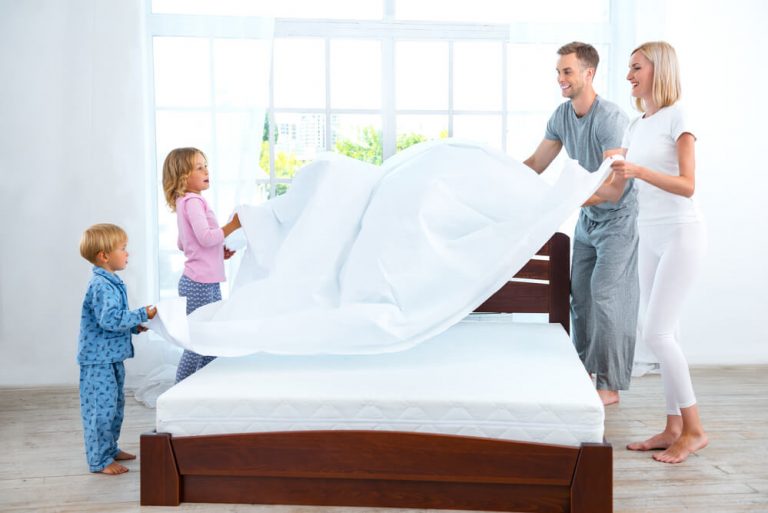 When it comes to designing our bedrooms, we often pay a lot of attention to the aesthetics and functionality of our bedding and mattresses. However, one important aspect of bedroom design that is often overlooked is the use of
mattress encasements
. These are protective covers that completely encase your mattress, providing a barrier against allergens, dust mites, and bed bugs. While using a mattress encasement is a smart and practical choice, many people wonder if they should also use bedding on top of it. The answer is a resounding yes, and here's why.
When it comes to designing our bedrooms, we often pay a lot of attention to the aesthetics and functionality of our bedding and mattresses. However, one important aspect of bedroom design that is often overlooked is the use of
mattress encasements
. These are protective covers that completely encase your mattress, providing a barrier against allergens, dust mites, and bed bugs. While using a mattress encasement is a smart and practical choice, many people wonder if they should also use bedding on top of it. The answer is a resounding yes, and here's why.
The Benefits of Using Bedding with a Mattress Encasement
 1. Added Comfort and Softness:
While mattress encasements provide a protective barrier for your mattress, they are not designed for comfort. Most encasements are made of a breathable, waterproof material that can feel rough and uncomfortable. By using bedding on top of your encasement, you can add a layer of softness and comfort to your sleeping surface.
2. Protection Against Wear and Tear:
Mattress encasements are designed to protect your mattress from spills, stains, and other hazards that can cause wear and tear. However, over time, the encasement itself can become worn and damaged. By using bedding on top, you can protect your encasement and extend its lifespan.
3. Temperature Regulation:
Some mattress encasements can cause you to overheat while sleeping, especially if they are made of non-breathable materials. Using bedding on top of the encasement can help regulate your body temperature, ensuring a comfortable and restful sleep.
4. Easy Maintenance:
Mattress encasements are designed to be easy to clean and maintain. However, they can still become dirty and stained, especially if you have pets or young children. By using bedding on top, you can protect your encasement from spills and stains, making it easier to maintain and extend its lifespan.
1. Added Comfort and Softness:
While mattress encasements provide a protective barrier for your mattress, they are not designed for comfort. Most encasements are made of a breathable, waterproof material that can feel rough and uncomfortable. By using bedding on top of your encasement, you can add a layer of softness and comfort to your sleeping surface.
2. Protection Against Wear and Tear:
Mattress encasements are designed to protect your mattress from spills, stains, and other hazards that can cause wear and tear. However, over time, the encasement itself can become worn and damaged. By using bedding on top, you can protect your encasement and extend its lifespan.
3. Temperature Regulation:
Some mattress encasements can cause you to overheat while sleeping, especially if they are made of non-breathable materials. Using bedding on top of the encasement can help regulate your body temperature, ensuring a comfortable and restful sleep.
4. Easy Maintenance:
Mattress encasements are designed to be easy to clean and maintain. However, they can still become dirty and stained, especially if you have pets or young children. By using bedding on top, you can protect your encasement from spills and stains, making it easier to maintain and extend its lifespan.
Choosing the Right Bedding for Your Mattress Encasement
 When using bedding with a mattress encasement, it is important to choose the right type of bedding. Avoid using heavy comforters or duvets that can add too much weight and pressure on the encasement, potentially causing damage. Instead, opt for lightweight bedding such as sheets and blankets that can provide comfort without putting too much strain on the encasement.
In conclusion, using bedding with a mattress encasement is not only recommended but essential for a comfortable and healthy sleep. It not only adds a layer of comfort and protection for your encasement but also helps maintain its lifespan. So, when redesigning your bedroom, don't forget to include bedding as an essential component of your mattress encasement.
When using bedding with a mattress encasement, it is important to choose the right type of bedding. Avoid using heavy comforters or duvets that can add too much weight and pressure on the encasement, potentially causing damage. Instead, opt for lightweight bedding such as sheets and blankets that can provide comfort without putting too much strain on the encasement.
In conclusion, using bedding with a mattress encasement is not only recommended but essential for a comfortable and healthy sleep. It not only adds a layer of comfort and protection for your encasement but also helps maintain its lifespan. So, when redesigning your bedroom, don't forget to include bedding as an essential component of your mattress encasement.

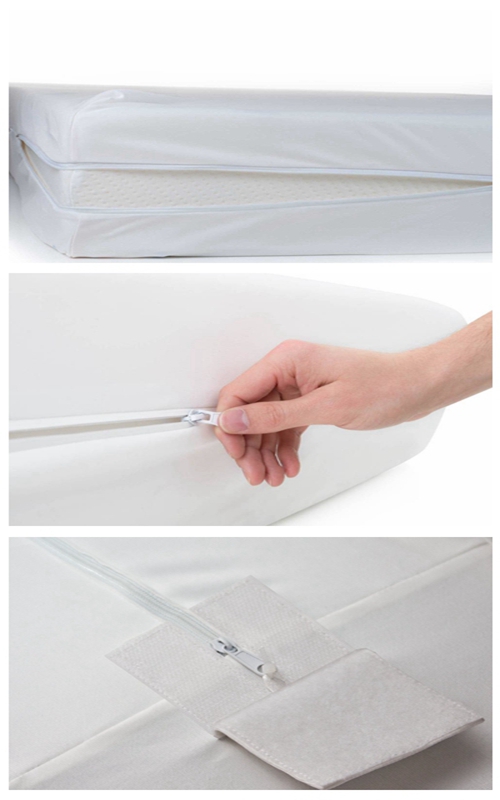


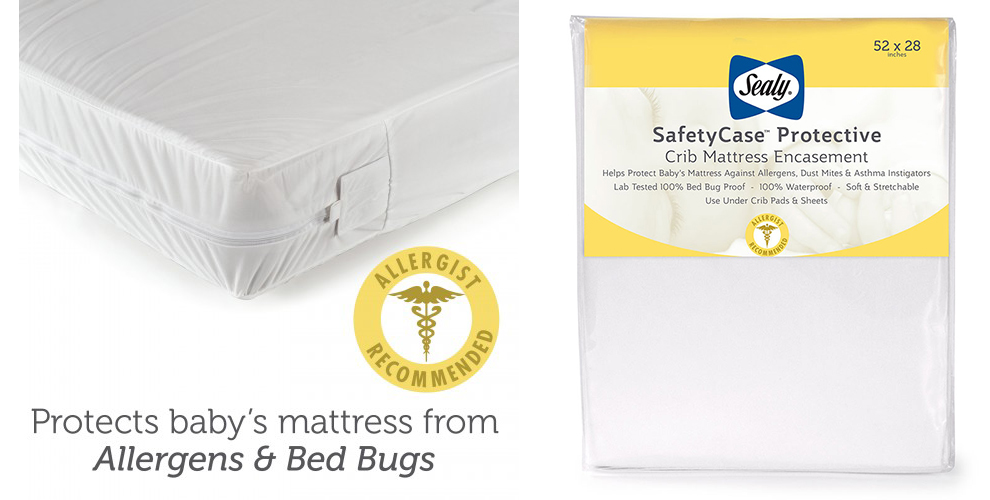

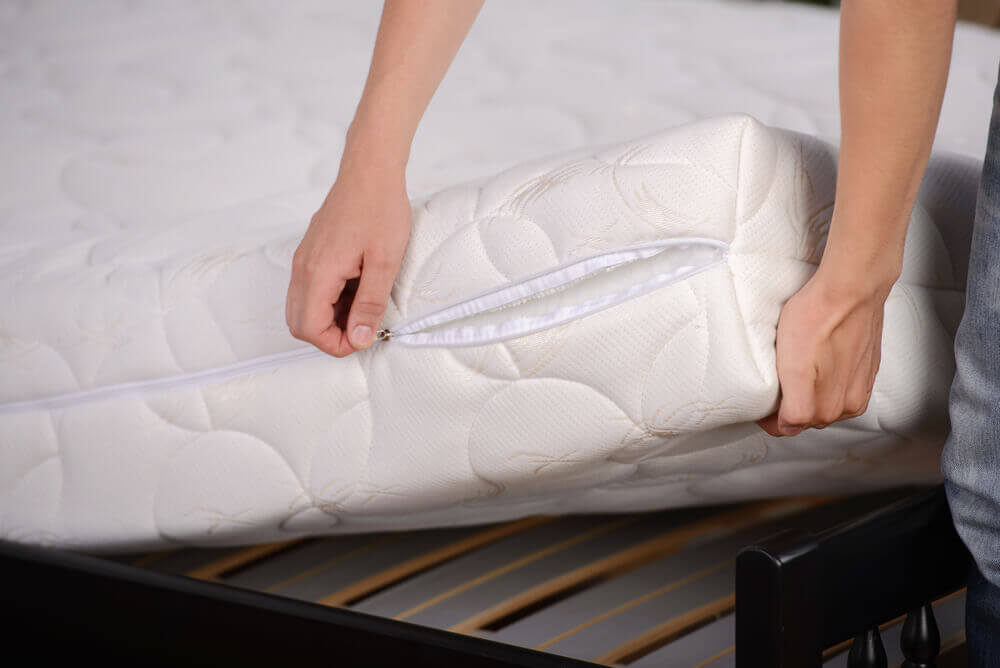





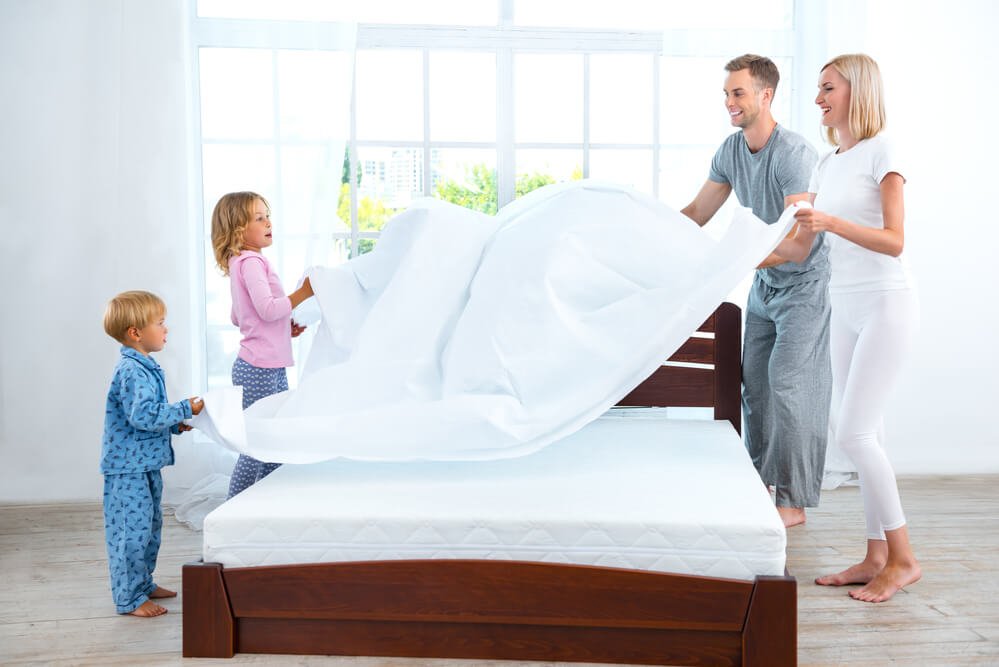
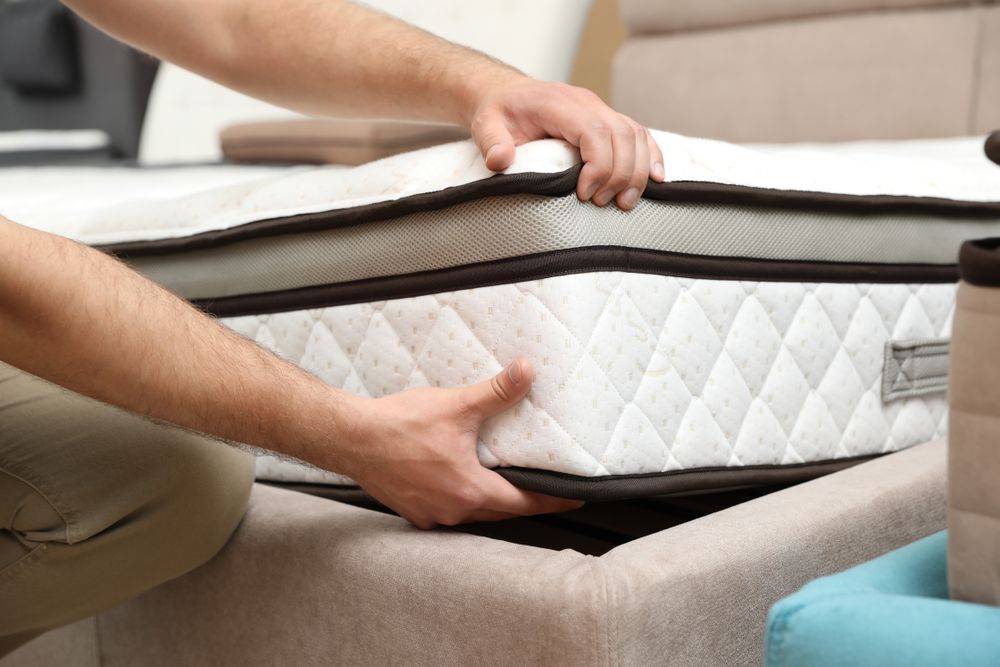

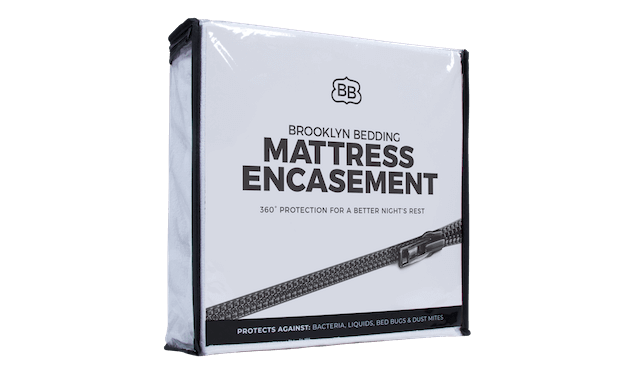
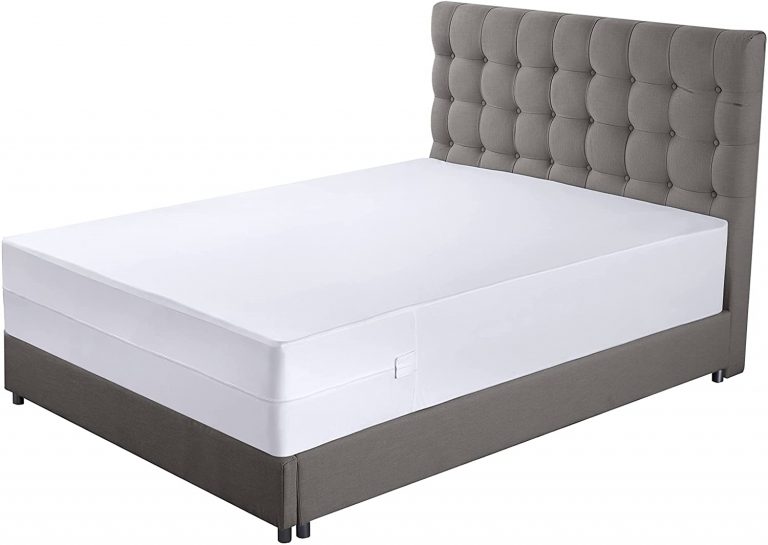




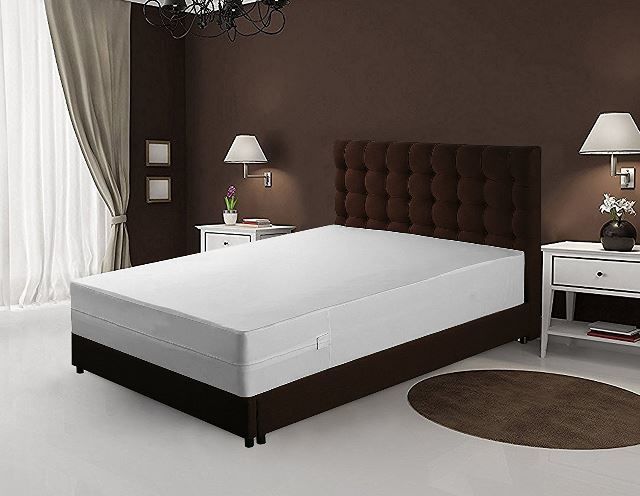







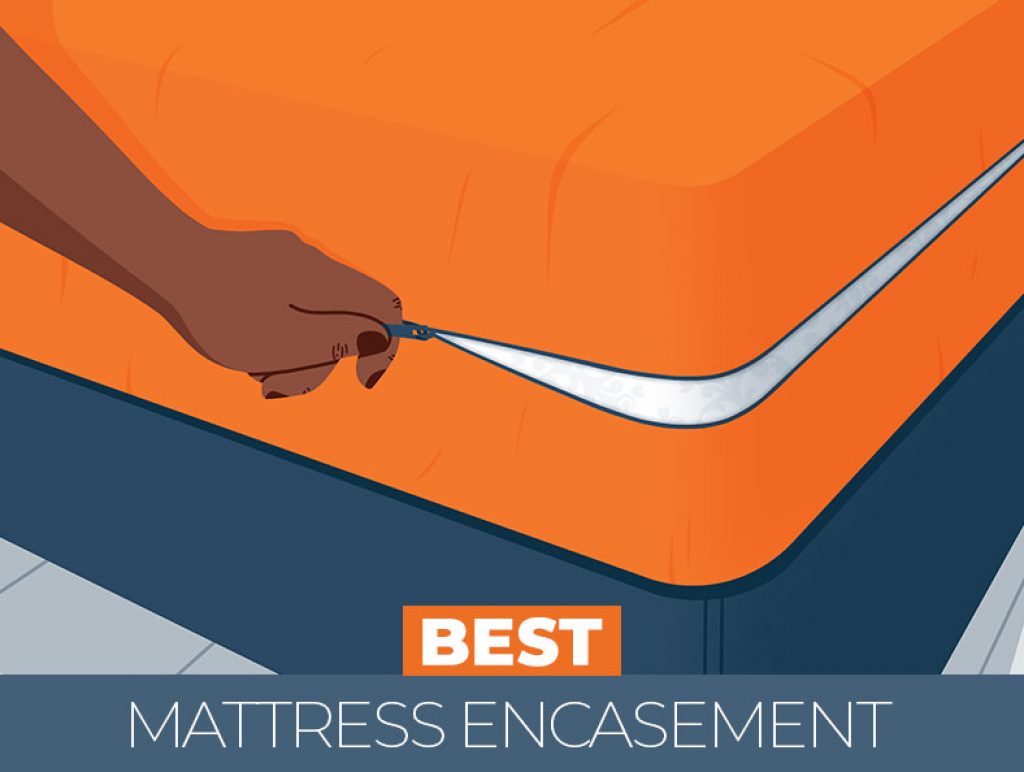
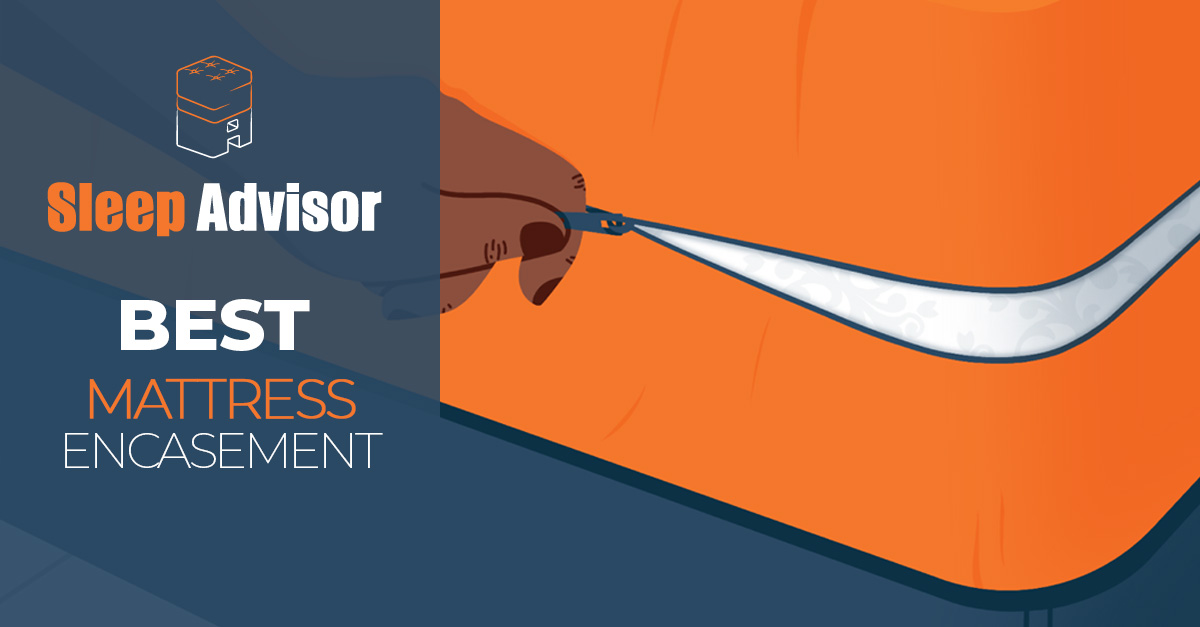
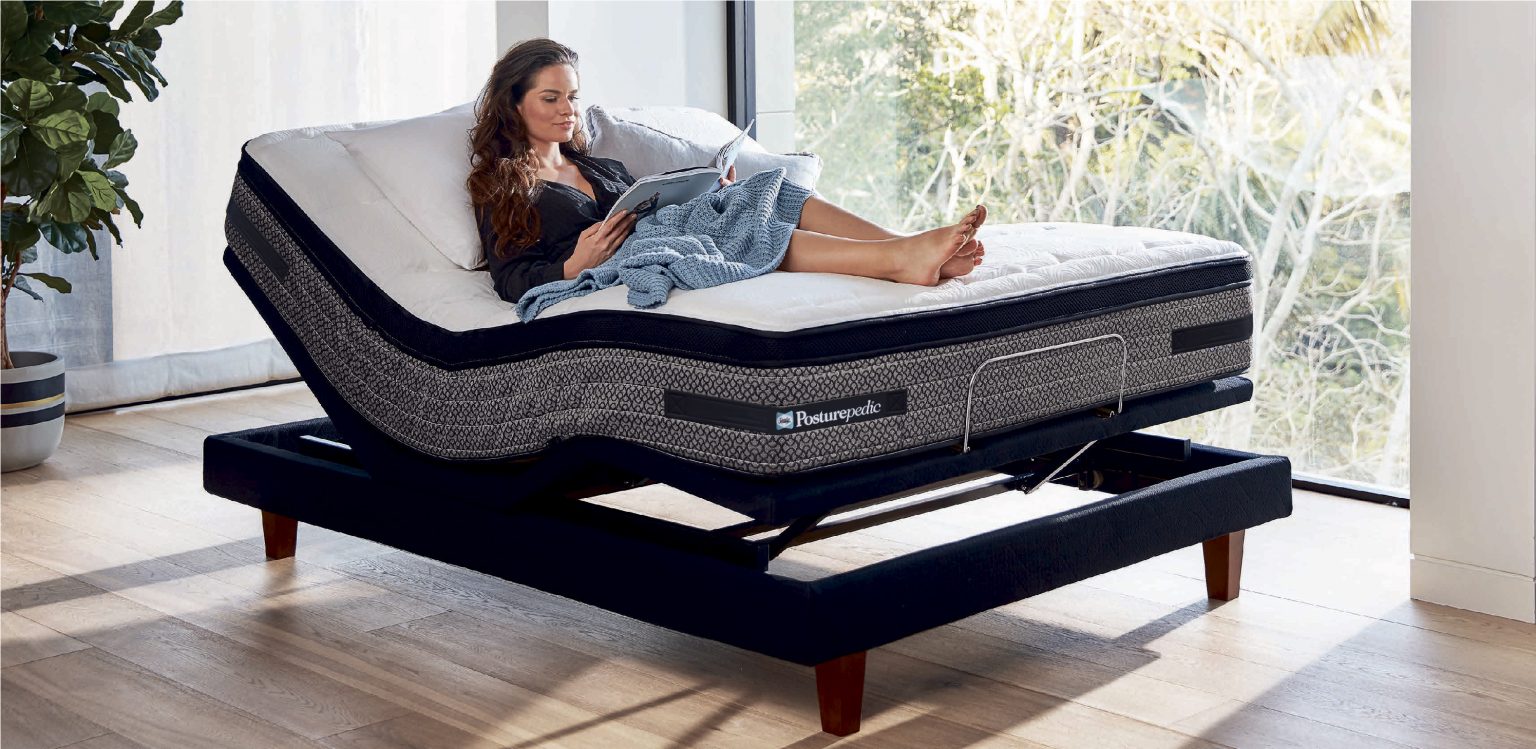
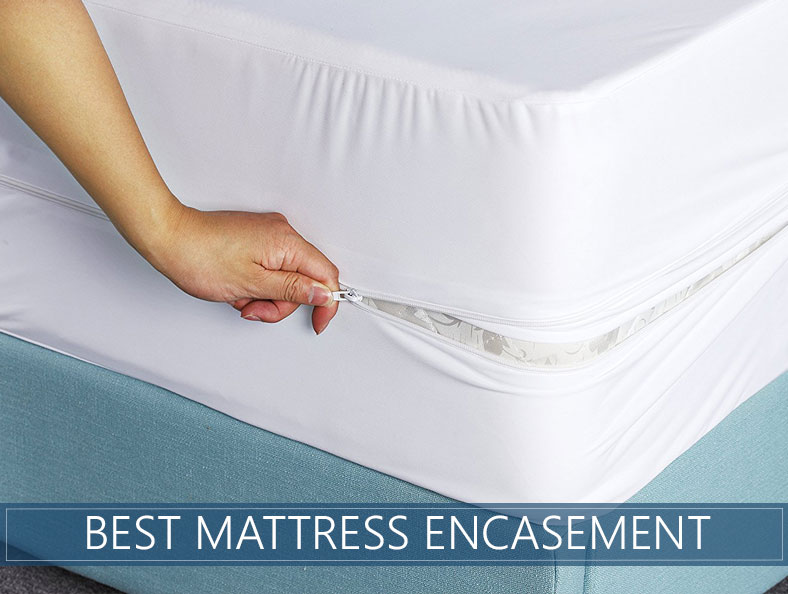








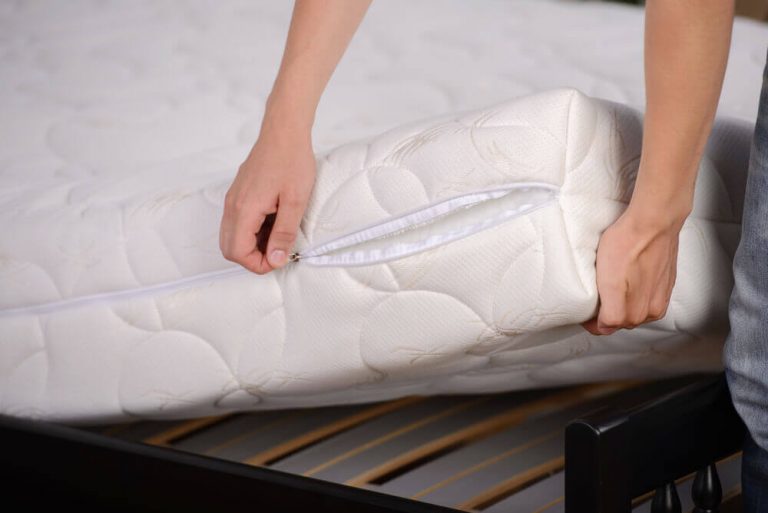

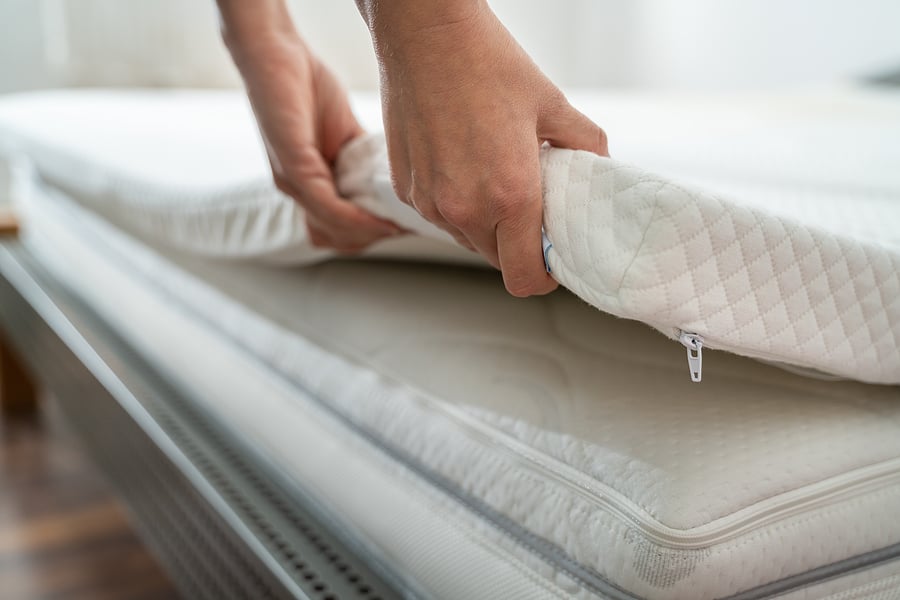











:max_bytes(150000):strip_icc()/how-often-to-wash-bedding-1900210-04-bfb864b9ed584d0bb00f5e4880013c86.jpg)

